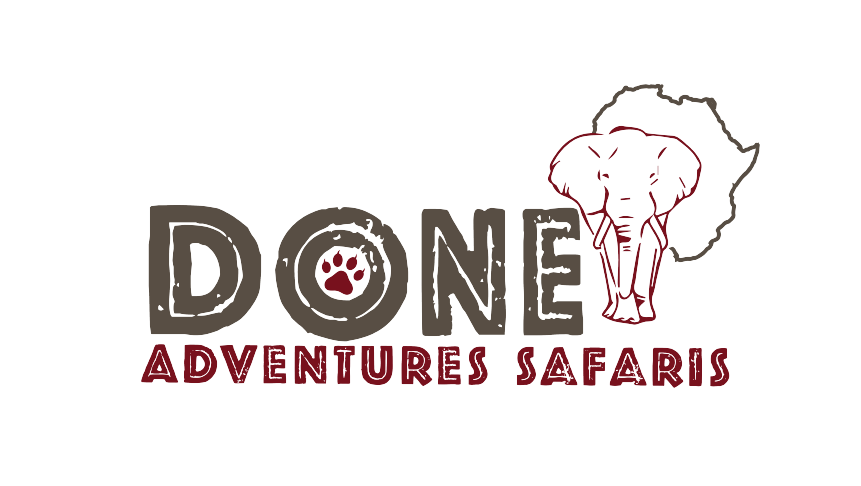Serengeti National Park
Home to the great migration
Few people forget their first encounter with the Serengeti. Perhaps it’s the view from the summit of Naabi Hill at the park’s entrance, from where the Serengeti’s grasslands stretch out like a vision of eternity.
Serengeti National Park is a World Heritage Site teeming with wildlife: over 2 million ungulates, 4000 lions, 1000 leopard, 550 cheetahs and some 500 bird species inhabit an area close to 15,000 square kilometers in size. Join us on a safari and explore the endless Serengeti plains dotted with trees and kopjes from which majestic lions control their kingdom; gaze upon the Great Migration in awe or find an elusive leopard in a riverine forest. Or perhaps see everything from a bird’s-eye view and soar over the plains at sunrise during a hot air balloon safari. Accommodation options come in every price range – the sound of lions roaring at night is complimentary.
Or maybe it’s a coalition of male lions stalking across open plains. Or it could be the epic migration of animals in their millions, following the ancient rhythm of Africa’s seasons. Whatever it is, welcome to one of the greatest wildlife-watching destinations on earth. On the vast plains of the Serengeti, nature’s mystery, power and beauty surround you as they do in few other places.
It’s here that one of earth’s most impressive natural cycles has played itself out for aeons as hundreds of thousands of hoofed animals, driven by primeval rhythms of survival, move constantly in search of fresh grasslands.
The most famous, and numerous, are the wildebeest (of which there are some 1.5 million) and their annual migration is one of the Serengeti’s biggest draws. Besides the migrating wildebeest, there are also resident populations in the park and you’ll see these smaller but still impressive herds year-round. In February more than 8000 wildebeest calves are born per day, although about 40% of these die before reaching four months old. A few black rhinos in the Moru Kopjes area give you a chance to glimpse all of the Big Five (lion, elephant, rhino, leopard and buffalo), although the rhinos are very rarely seen.
The 14,763-sq-km national park is also renowned for its predators, especially its lions. Hunting alongside them are cheetahs, leopards, hyenas, jackals and more. These feast on zebras, giraffes, buffaloes, Thomson’s and Grant’s gazelles, topis, elands, hartebeests, impalas, klipspringers, duikers and so many more. Serengeti is an incredible birdwatching destination also, with over 500 species.
Going on a Serengeti safari
If you are planning a safari to Serengeti National Park, you probably have a ton of questions. Naturally, you want it to be the journey of a lifetime and it will be. Why? There are only few places left with such unspoilt nature splendor, exhilarating wildlife and world-class safari lodges & camps.
Plus, we are here to assist. We would like to provide a bit more background information – if only to stir the anticipation of going on a Serengeti safari – and answer the questions you might have. Start drafting your bucket list as you read more about your safari trip in the sections below. Find a question unanswered? Make use of the contact form below and we will be happy to assist you!
Serengeti National Park highlights
Serengeti National Park is nature. At its wildest. However,
besides the Great Migration there is much more for you to explore and
experience.
The Serengeti is the place for a picture perfect safari, a
destination that fulfills your wildest dreams, time and time again. Why
not explore some of the more remote corners of this vast national park?
Or meet your hosts, the Maasai? Of course you can also take to the
skies, and see the plains from above when when floating through the air
on a hot air balloon safari.
Entry fees are valid for 24 hours, with a single entry only.



